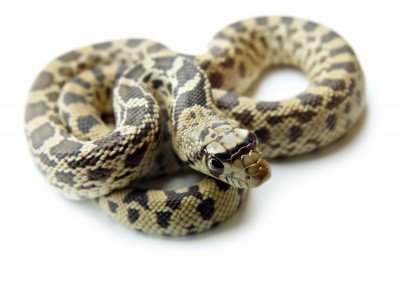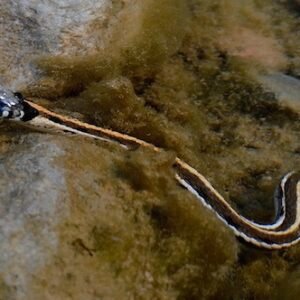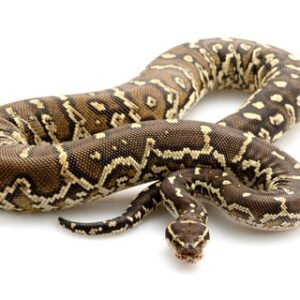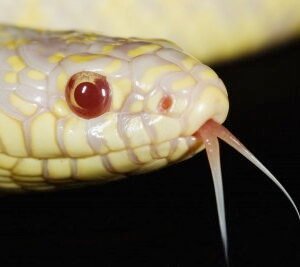Understanding Gopher Snakes
Gopher snakes (Pituophis catenifer) are non-venomous reptiles native to North America. They are commonly found in a range of habitats, including grasslands, woodlands, and deserts. These snakes thrive in areas where they can access burrows, as they often inhabit the burrows of other animals, such as gophers, hence their name. Adult gopher snakes typically reach lengths of 3 to 7 feet, exhibiting a slender body and a distinctive pattern of dark brown or black markings over a lighter background, often cream or yellow. This coloration provides effective camouflage in their natural environment.
Behaviorally, gopher snakes are mostly diurnal, meaning they are active during the day and tend to bask in the sun to regulate their body temperature. They are known for their ability to mimic rattlesnakes when threatened; they may flatten their heads, hiss loudly, and rattle their tails against the ground or substrate to create a warning sound. This behavioral adaptation helps to deter potential predators. While they may appear intimidating, gopher snakes are generally docile and can become tame with regular handling, making them suitable pets for reptile enthusiasts.
Gopher snakes play a significant role in their ecosystem as both predator and prey. They primarily feed on small mammals, birds, and eggs, which helps control rodent populations. Contrary to popular belief, these snakes pose little threat to humans and are beneficial in maintaining a balanced ecosystem. Additionally, some misconceptions suggest that gopher snakes are aggressive; however, they are more likely to flee than engage when encountering humans. Understanding these essential characteristics of gopher snakes can help potential buyers appreciate their role in nature, facilitating a more informed decision when considering them as pets.
Purchasing and Caring for Gopher Snakes
When considering acquiring a gopher snake, it is essential to know where to find them for sale. Reputable breeders and specialty pet stores are the best options, as they can provide healthy and ethically sourced animals. Browsing online forums and social media groups dedicated to reptiles can also lead to respectful breeders and trustworthy sellers. Always verify the seller’s credibility by looking at customer reviews and ensuring that they adhere to proper husbandry practices.
There are several factors one should consider when purchasing a gopher snake. Firstly, age is paramount; juvenile snakes may require more specialized care, while adult gopher snakes might be easier to manage. Regardless of age, a prospective buyer should assess the snake’s health by observing its behavior, ensuring it is active and alert, and inspecting for any signs of illness such as lethargy, abnormal shedding, or respiratory issues. Coloration can also be a point of consideration, as gopher snakes come in various morphs. Decide what appeals to you aesthetically and fits your capability for care.
Setting up an appropriate habitat for your new pet is crucial. Gopher snakes require a secure enclosure that mimics their natural environment. A vivarium with ample substrate for burrowing, such as aspen shavings or coconut fiber, is ideal. Maintaining proper temperature gradients—between 75°F and 95°F—along with adequate humidity levels can aid in their overall health. Regular handling is essential for acclimatization, but it is crucial to ensure that it’s done gently and for brief periods to reduce stress.
Providing a varied diet consisting primarily of rodents, along with fresh water, will keep your gopher snake healthy. Observe their feeding habits and adjust portion sizes accordingly. Lastly, understanding social behavior is recommended for both your comfort and that of the snake. With proper care, your gopher snake can thrive as a captivating and low-maintenance pet.





